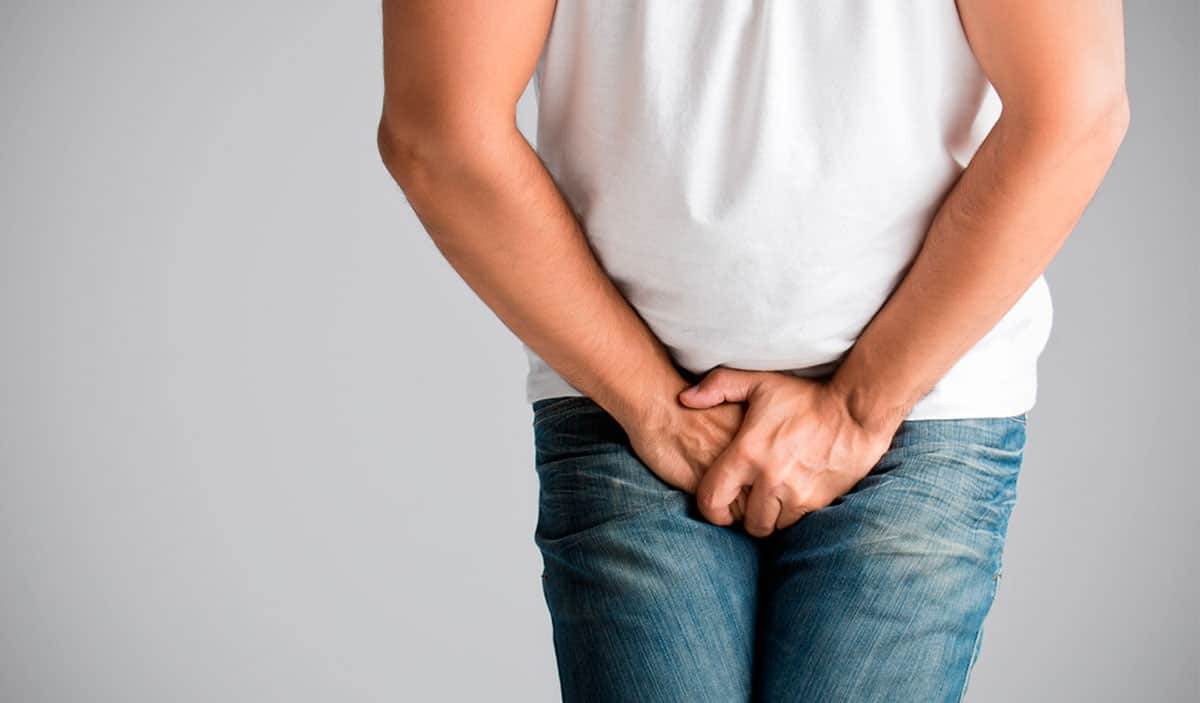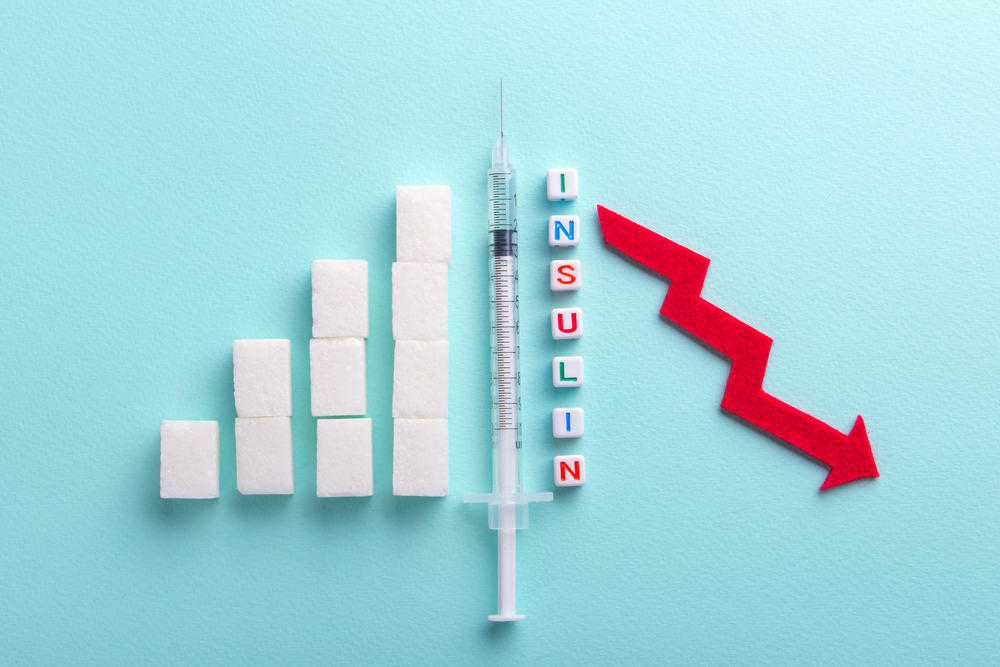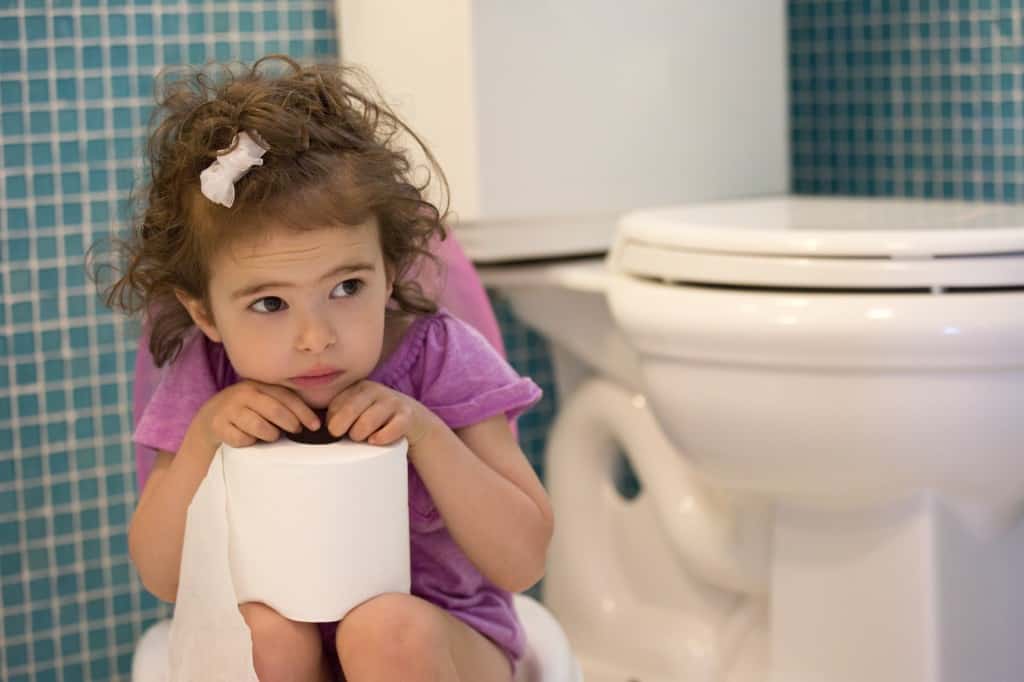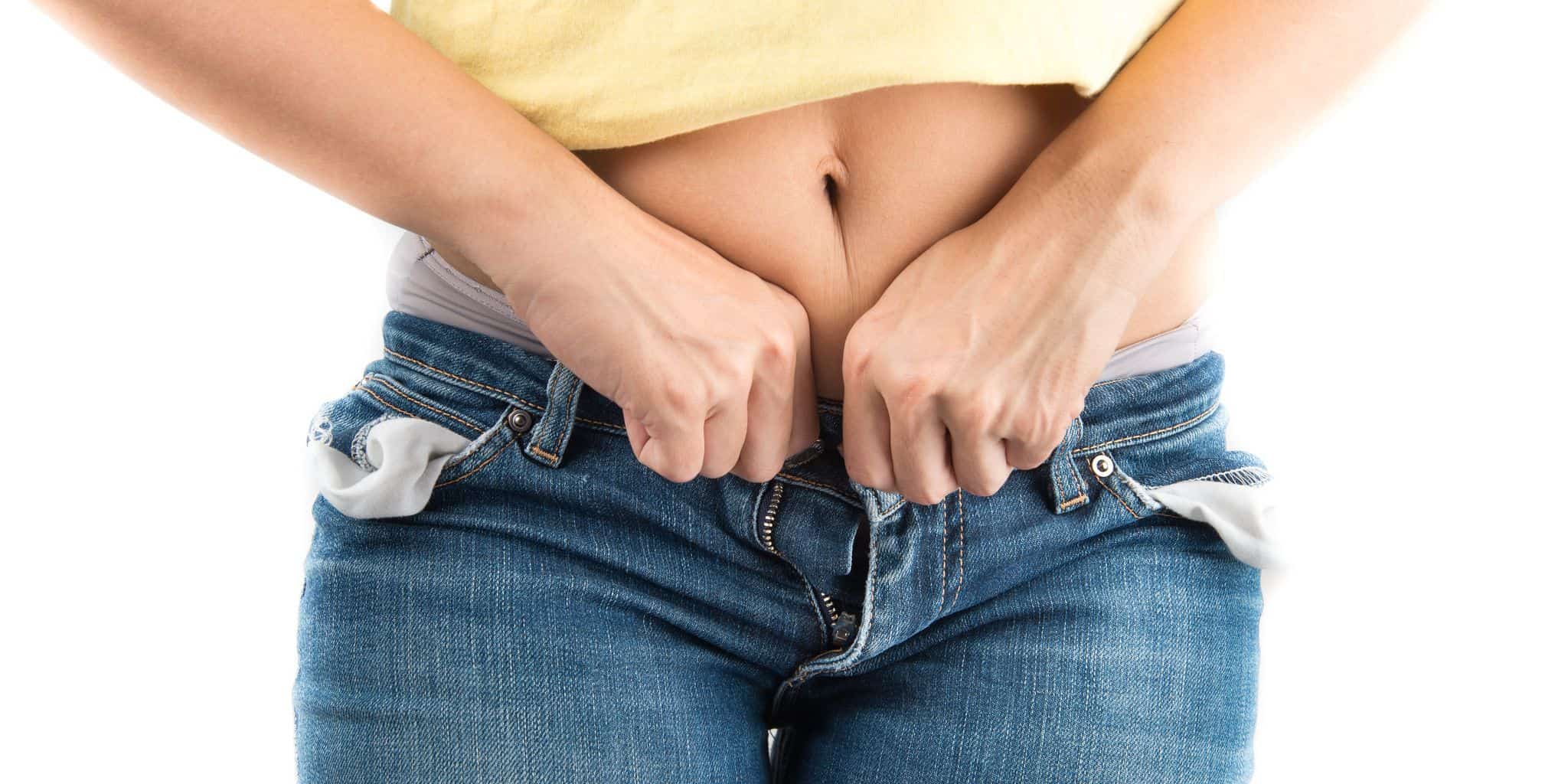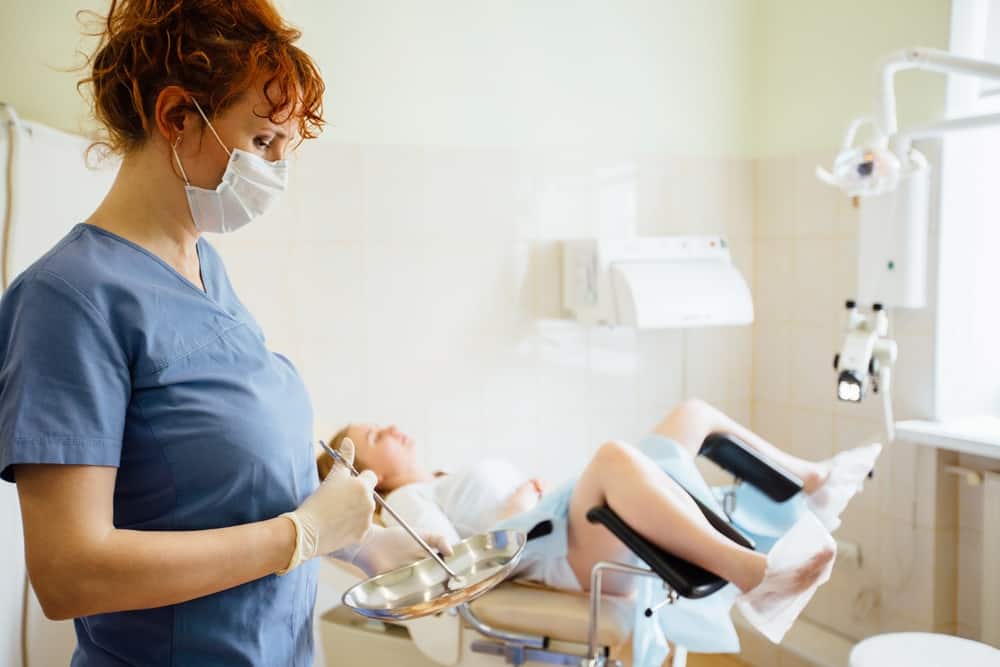Contents:
- Medical Video: Live colonoscopy
- What is the procedure for a colonoscopy for colon cancer?
- Before the colonoscopy
- During a colonoscopy
- What side effects might arise from a colonoscopy for colon cancer?
Medical Video: Live colonoscopy
A colonoscopy is the first and most common colon cancer screening test. Depending on the purpose, tests can be done to determine genetic risk, detect cancer at an early stage, and determine the characteristics and possible spread of cancer. This test can also help doctors make treatment plans and monitor cancer progression. What happens during a colonoscopy for colon cancer?
What is the procedure for a colonoscopy for colon cancer?
A colonoscopy for colon cancer is generally done in an outpatient hospital or at a doctor's clinic. It should be noted that preparations and laxatives used before the test can make you feel happy, you will need to be accompanied by someone you know to take you home (not just by taxi).
Here's the detailed procedure for a colonoscopy for colon cancer.
Before the colonoscopy
Make sure the doctor knows every drug you use, because you may need to change how you use it before the test. The large intestine and rectum must be empty and clean so the doctor can see the inner wall during the examination. This often includes taking laxatives the night before to cleanse the intestines.
The doctor will provide specific instructions, so it is important for you to read them carefully a few days in advance because you might need to buy laxatives from the pharmacy. If you are not sure about the instructions, contact your doctor and review them with the nurse.
The doctor may also ask you to stop eating and only drink clear fluids (water, apple juice, or gelatin except those that are red or purple) for several days before the examination. Fresh tea or sugary coffee can usually be consumed, but milk or creamer may not be added. Clear broth, ginger drinks, and most soda or sports drinks are usually permitted unless there is a red or purple coloring content, which can be thought of as blood in the large intestine.
You may also be told not to eat or drink anything after midnight before the test day. If you usually take prescription medication (for medical conditions that you have) in the morning, consult your doctor or nurse about how to use it for the day. On the morning of the H-procedure, sometimes you should drink more or the doctor can inject an enema to make sure that the intestine is empty.
During a colonoscopy
A colonoscopy usually takes about 30 minutes, but it may take longer if the doctor finds a polyp that needs to be removed. Before the colonoscopy starts, you will be given a sedative (usually through a vein) to make you feel comfortable and sleepy during the procedure. You may remain awake, but may be too sleepy until you don't realize what's happening. You may also not remember the procedure afterwards. Most people will be fully aware before they can go home after the test.
Before you begin, you will be asked to lie on your side with your knees bent and your intimate area covered with a blanket. Your blood pressure, heart rate and breathing rate will be monitored during and after the test.The doctor may insert a gloved finger into the rectum to examine it before inserting the colonoscope, a thin and flexible hose. Thenyour doctor will examine your entire large intestine and rectum (anus) with a colonoscope. This tool is inserted through the anus into the rectum and intestine. But calm down, the colonoscope has been lubricated so that it can be easily inserted into the anus.
Once entering the anus, the colonoscope is pushed deep into the initial part of the large intestine, called the cecum. At the end of the colonoscope is a video camera so the doctor can see the inside of your large intestine. The doctor then injects air into the large intestine through a colonoscope to make it easier to see the walls of the large intestine and use a tool to do the test.
If small polyps are found, the doctor may remove them because they are feared to become cancerous. This is usually done by rolling a wire coil through a colonoscope to cut polyps from the large intestinal wall with an electric current. The polyp is then sent to the laboratory to be examined by a microscope to see if there is a tissue that has turned into cancer.
What side effects might arise from a colonoscopy for colon cancer?
The colonoscopy itself may feel a little uncomfortable, but doctors usually give sedatives to relieve this discomfort. Most people will return to normal once the anesthesia effect disappears. During the procedure a doctor's colonoscopy may also pump air into the large intestine, so that you may feel bloating, abdominal pain, or temporary cramping in the stomach after the test until you can remove the air.
In some cases, a colonoscopy patient can experience low blood pressure or changes in heart rhythm due to the effects of anesthesia during the test.If a polyp is removed or a biopsy is done with a colonoscopy, there may be a little bleeding in the stool when you defecate for one or two days after the test. These two effects are rarely serious.
Basically a colonoscopy is a safe procedure. But insiderare cases, serious bleeding may occur that requires special treatment. Colonoscopy tool too can pierce the wall of the large intestine or rectum. This is called perforation. Symptoms include severe abdominal pain, nausea and vomiting. This can be a serious, or even life threatening complication, because it can result in a stomach infection. Colonoscopy complications for colon cancer may need to be repaired through surgery. Consult your doctor about the risk of this complication.
Hello Health Group does not provide medical advice, diagnosis or treatment.



